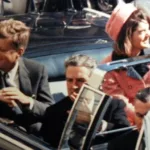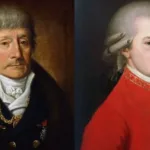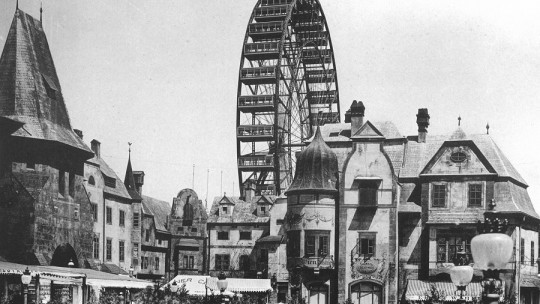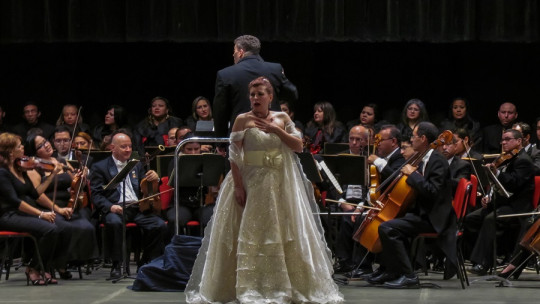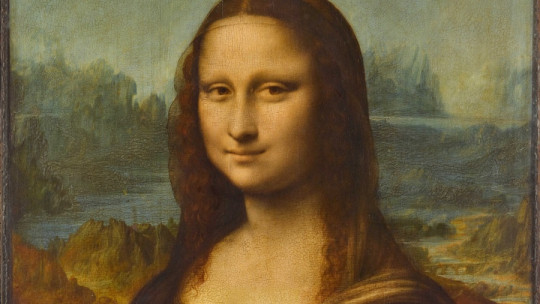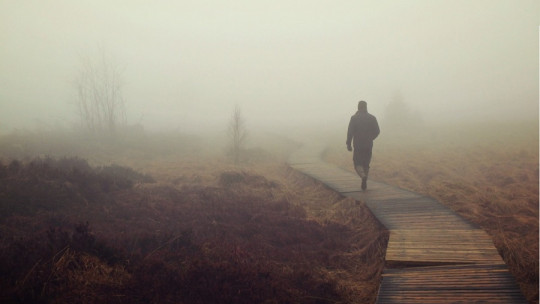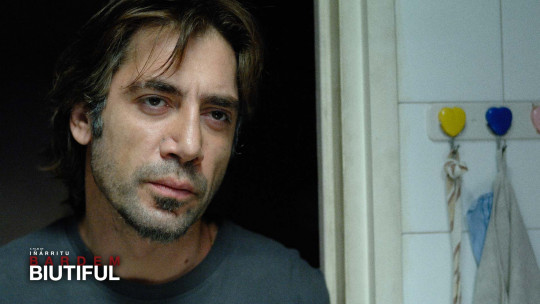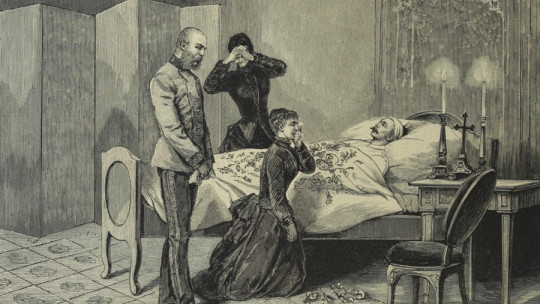
First, the official version spoke of death from a sudden apoplexy. The next day, and given the rumors that were beginning to circulate in Vienna, the version of “suicide due to mental derangement” was presented. But there was still a third version, the most impressive of all: Archduke Rudolph could have been assassinated.
What exactly happened? Although it may seem like a lie, to this day the facts are still unknown. We only have a succession of evidence and statements that contradict each other. Maybe we will never really know What happened in Mayerling, on the night of January 29 to 30, 1889
What is the Mayerling tragedy?
The strange events that took place at Mayerling, the hunting lodge of Rudolf, Archduke of Austria and heir to the Austrian throne, are known as the “Mayerling tragedy.” On the morning of January 30, 1889, Johann Loschek, the archduke’s valet, announced to the Count of Hoyos that the prince was not responding to his calls.
The archduke had left him the order to wake him up at 8:30 a.m., but the door to the room is locked and there is only silence on the other side Alarmed, the Count of Hoyos goes, with the valet and the prince of Coburg, to the prince’s room. As the silence persists, they make the decision to break down the door.
The first to enter the chamber is Loschek, the first witness of the misfortune: on the bed is Rodolfo’s still warm body, half sitting; Beside him, Baroness Vetsera, his young lover, is lying face up on the bed. They are both dead. Around him, a huge pool of blood spreads.
So far, the witness statements. Immediately, the Hofburg in Vienna is informed about what happened. The matter is delicate: they have a probable double suicide on their hands (which is highly scandalous in a conservative and Catholic society like the Austrian one) and, furthermore, the one lying in the archduke’s bed is not his wife, Princess Stephanie, but his lover. How to present a similar situation to the people?
From now on, official versions contradict each other The rumors begin. The evidence does not agree. The Mayerling tragedy thus becomes one of the greatest mysteries of contemporary history.
The sadness of Archduke Rudolf
It is necessary to explain who the victims of the tragedy were and why they were in Mayerling that night. Archduke Rudolph was the only son of Franz Joseph, Emperor of Austria, and his wife Elisabeth, better known as ‘Sissi’ As such, from a very young age he was subjected to harsh military discipline, from which his mother managed to separate him, terrified by the methods his tutors used. It is said that Rodolfo, at the age of five, was woken up with gunshots to “strengthen his character.” Obviously, this unique way of raising the little boy only aggravated his fears.
The boy had inherited extraordinary emotional wealth from his mother, but also a certain mental instability that caused him to experience numerous depressions throughout his life. It seems that the prince was trying to escape through a dissipated life, in which there was no shortage of alcohol, narcotics and, of course, sex. Rodolfo did not renounce women even after marrying Estefania of Belgium; In fact, he infected her wife with a venereal disease (it is not clear whether gonorrhea or syphilis) that made her sterile and further cooled the already distant relationship that they both had.
Estefania’s sterility was not only a personal issue; It was also a matter of state Because the couple had only had one daughter, little Elizabeth Mary, and, according to the laws of Austria, a woman could not inherit the empire. It seems that this was one of the causes of the strong argument between father and son on January 26, four days before the tragedy. Without the possibility of having a male heir, the future of the empire was in danger. Francisco José blamed his son and his constant ravings for the situation.
But there was another reason why relations between the emperor and his heir only worsened. Rodolfo, intelligent and sensitive like his mother, felt a deep sympathy towards liberal tendencies, and deeply hated the conservative guidelines that marked his father’s politics. In fact, on one occasion, and under a pseudonym, he harshly attacked the Habsburg regime from a Viennese newspaper. Rudolph was too fresh a wind for the stale Austrian monarchy.
The last love: Maria Vetsera
At this somber moment in his existence, Rodolfo met María Vetsera, a very young Hungarian aristocrat, barely 17 years old. The relationship has caused rivers of ink to flow and is so sprinkled with romantic additions that it is difficult to distinguish truth from legend. What is certain is that, on the day of the tragedy, the young woman was with the prince in Mayerling.
In 2015, the Austrian National Library announced the discovery of several letters from Mary, found in a chest kept in a private Austrian bank The deposit, which dated from 1929, contained a leather tome with photographs and handwritten documents of the Vetsera. In her letters, Mary asks her mother “to forgive her” and bury her next to her loved one. In another of the letters, this time addressed to her brothers, the young woman tells them that she and Rodolfo are leaving for another life beyond the grave…
These surprising lines shocked the community of historians because, if authentic, these letters would prove that Vetsera and Rodolfo already intended to commit suicide when they went to Mayerling. However, and as we will see below, there are still many elements that simply do not fit with suicide.
Suicide or murder?
The first official version put forward by the Austrian royal house was, as we have already mentioned, an apoplexy. However, and given the insistent rumors, they had to change the version. So It was made public that Rodolfo had committed suicide, a victim of “mental derangement.” It is important to note, by the way, that all versions referred to the prince; Nothing was said about her, about Mary. In fact, her body was buried furtively in the cemetery of an abbey near the tragedy, and her relatives were strictly prohibited from talking about her or going to visit her grave.
When considering the version of suicide, the monarchy was in a very delicate situation. Not only because of the scandal that the fact that their prince had taken his own life would mean for the right-thinking Austrian society, but also because, if so, he could not be buried in the Capuchin Crypt, the royal mausoleum. So, Francis Joseph had to write to the Pope to ask for special authorization to allow him to give his son a Christian burial Without knowing the reasons, the Pope agreed, and Rudolph was finally buried in the family crypt.
Why did the Pope agree to the emperor’s request? It could simply be that his decision was motivated by the importance of the character who asked him to do so. Furthermore, let us not forget that Austria was a country that staunchly defended the Catholic faith. However, some historians suggest another reason: that Francis Joseph told the Pope the truth. And this truth would be none other than the murder of the archduke.
The tests don’t fit
Had the heir to the Austrian throne been murdered then? If this was the case, what was the reason?
There are numerous contradictions in the Mayerling case that, at the very least, give food for thought. Among them is the fact that the bullet hole was in the young man’s left temple, when Rodolfo was right-handed. Certainly a strange way to go off.
On the other hand, The revolver that appeared on the bed next to the corpses was not the prince’s And to complicate things further, both Rodolfo’s body and that of his lover had wounds and bruises, an obvious sign that they had struggled to defend themselves… Furthermore, and according to the statement of the carpenter’s son who was called to put order in the room of events, when his father arrived, the chamber looked like a battlefield: there was blood everywhere and the furniture was broken. Had someone entered the room with the intention of killing the archduke and Mary, and had they fought fiercely for their lives…?
A prince too dangerous
Rumors continued to circulate throughout the 20th century. In March 1983, Zita of Bourbon-Parma (1892-1989), the last Austro-Hungarian empress, declared for an Austrian publication that Rudolph had been murdered, and that only a pact of silence by her family had silenced the truth. .
But, if so, who and why would he have wanted to kill the heir of Austria? Many historians point to the Austrian secret service that, faced with the possibility that a personality like Rudolf’s, open-minded and close to liberal currents, would access the throne, decided that ending his life was the best option for Austria. The death of a prince in exchange for the preservation of the empire
Whether he was the victim of a political plot or by his own decision, the truth is that Rodolfo’s death at the age of 30 is the bitter culmination of a sad life marked by isolation and loneliness. On his last trip he was accompanied by a 17-year-old girl who loved him deeply, but we do not know if she voluntarily followed him in a double suicide or if she was simply that night where he should not have been.

